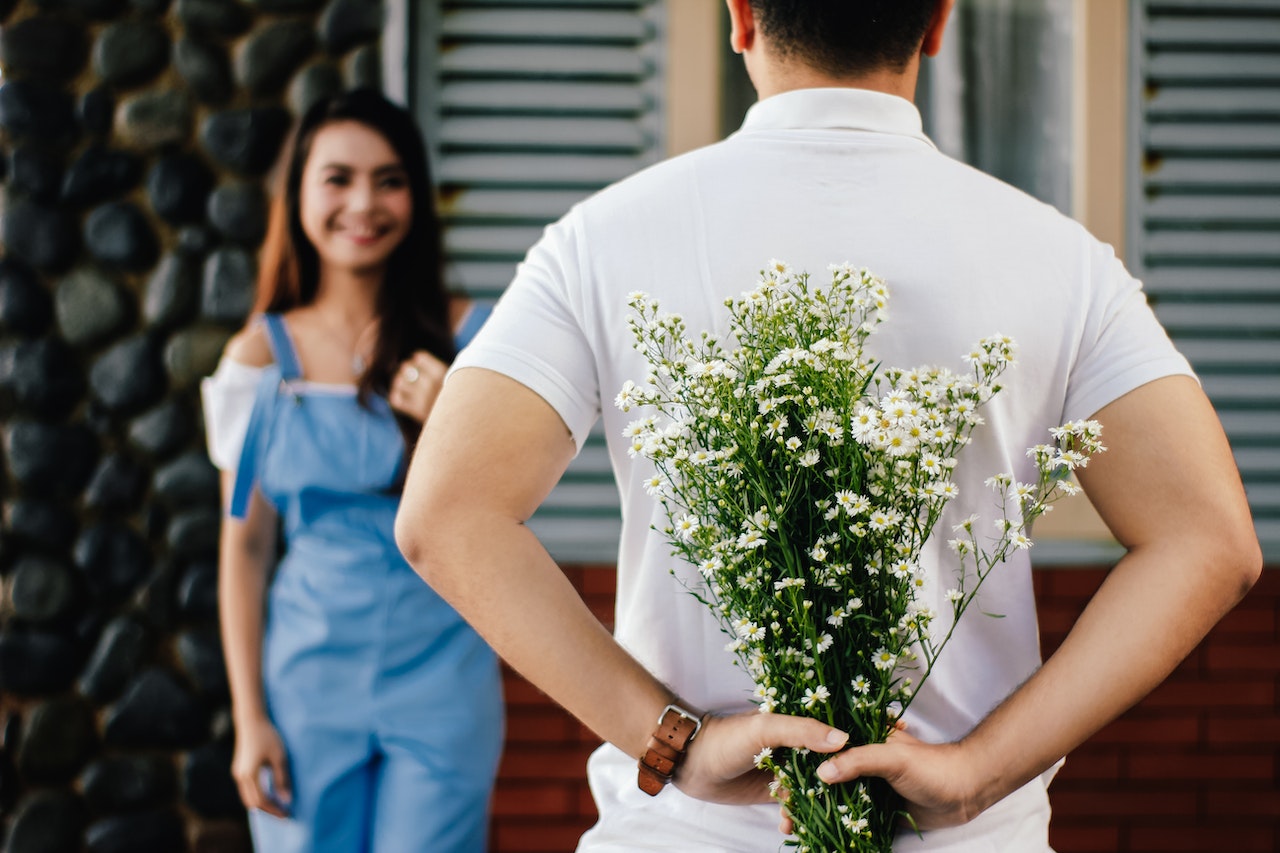Relationships
Dancing can have profound impacts on relationships, shaping them in ways that are unique and special. Engaging in dance together creates a shared experience that can deepen connection, enhance communication, and foster mutual growth.
Dance is a language of non-verbal communication, conveying emotions and intentions through movements. In a dance partnership, you navigate the dance floor together, responding to each other’s signals. This shared language enhances mutual understanding and connection, strengthening the bond between partners.
On the dance floor, there is a constant flow of give-and-take. Leaders propose the movement, followers respond, and together they create the dance. This dynamic can foster mutual respect, trust, and cooperation, qualities that are invaluable in any relationship. Dancing can also highlight areas of growth or conflict, serving as a mirror for the relationship and providing opportunities for development and resolution.
Dance can also bring joy and vitality into a relationship. Dancing together is a fun, shared activity that can invigorate the relationship, fostering positive emotions and memories.
However, it is important to maintain boundaries and respect. As dance can be an intimate activity, open and honest communication is crucial to ensure both partners are comfortable. A successful dance relationship is one where both partners feel valued, respected, and free to express themselves.
What if only one is a dancer in a couple?
When only one person in a couple is a dancer, it can create a delicate dynamic that requires understanding, compromise, and communication. Dancing can be a consuming passion, and if one’s partner doesn’t share this enthusiasm, it can lead to feelings of disconnect or even resentment. Therefore, open dialogue is crucial to convey one’s love for dance, and at the same time, understand the other’s perspective.
Negotiating time spent on dancing is essential to maintaining balance in the relationship. It’s important to make sure that both partners’ needs are met – the dancer gets to indulge in their passion, while the non-dancer feels valued and included in other shared activities.
At the same time, inviting the non-dancer partner to social events can offer them an insight into the world of dance, making them feel more connected and less alienated. This can also inspire appreciation for the art form and potentially ignite an interest to participate. In any case, respecting each other’s hobbies and interests is key to a healthy relationship.
Sex and all the salsa in between…
In the Latin dance community, the passionate energy of salsa, bachata, and kizomba can sometimes blur the lines between dance and personal relationships. This interaction, however, needs to be handled with care and respect. Given the close physical contact, it is essential to uphold personal boundaries and ensure consent at all times.
Being aware of the difference between a dance connection and a personal one is also important. What happens on the dance floor can be a beautiful exchange of energy, but it doesn’t automatically translate into a personal attraction or relationship.
While romantic relationships can and do form within the community, it is crucial to be mindful of one’s conduct. Respect and professionalism should always be maintained. Allowing personal relationships to negatively impact the community or create an uncomfortable environment should be avoided.
Overall, the Latin dance scene can be a space of expressive, passionate dance, as long as respect and understanding are upheld.
How to balance all the dance with the remaining life..
Balancing dance life with ‘normal’ life can be a challenging task, especially for those who are deeply passionate about dancing. It’s crucial to strike a balance between the two to maintain harmony in all aspects of life.
One way to achieve balance is by setting clear boundaries. Dedicate specific time slots for dance classes, socials, and practices, and try to stick to them. This way, you’ll have time for other responsibilities and personal interests.
It’s also important to involve your non-dancer friends and family in your dance life. This could be through inviting them to watch you perform or simply sharing your dance experiences with them. In turn, you should also participate in their interests to foster a mutual understanding and respect for each other’s passions.
Prioritizing is key. Recognize when your dance commitments may be overwhelming and take steps to mitigate. This could involve reducing the number of classes you attend or giving yourself a ‘dance break’ every so often.
Finally, remember to take care of your physical and mental health. Dancing is a physical activity and it requires a healthy body. Adequate rest, proper nutrition, and a positive mindset are all vital to sustaining your dance life without negatively affecting your overall well-being.
In conclusion, the balance between dance life and ‘normal’ life involves setting boundaries, mutual understanding, prioritization, and self-care.
Dancing reciprocity and karma in a community
Dancing is a dynamic partnership, one that thrives on reciprocity. The notion of ‘give and take’ is crucial to this art. A partner dance, by definition, is a shared experience. Thus, your contribution to the dance impacts not only your experience but your partner’s as well.
Understanding your partner’s comfort, their rhythm, and responding to their movements helps establish a harmonic interaction. You offer support and guidance, just as much as you seek it. This principle applies both to the technique, such as leading or following, and the emotional dynamics of the dance.
Reciprocity extends beyond the dance floor to the dance community. The actions, attitudes, and energy you bring contribute to the overall atmosphere of the scene. Displaying respect, enthusiasm, and camaraderie fosters a positive environment and encourages others to do the same. It’s a collective effort to create a welcoming and enjoyable space for all dancers.
Think of it as dance karma. The kindness, respect, and positivity you put into the scene will often be returned to you. Likewise, any negative attitudes or behaviors will influence the vibe of the scene and might even come back around. So, always strive to give the best of yourself on the dance floor and in the dance community. In doing so, you’ll not only enrich your own dance journey but contribute positively to the experiences of those around you.
More about how dancing influences your personality and vice-versa.


